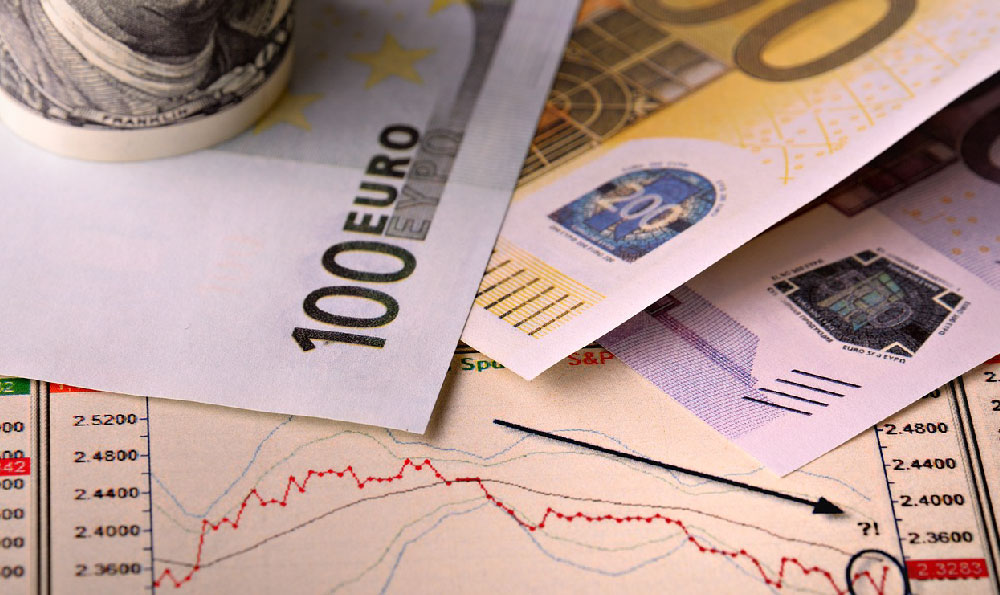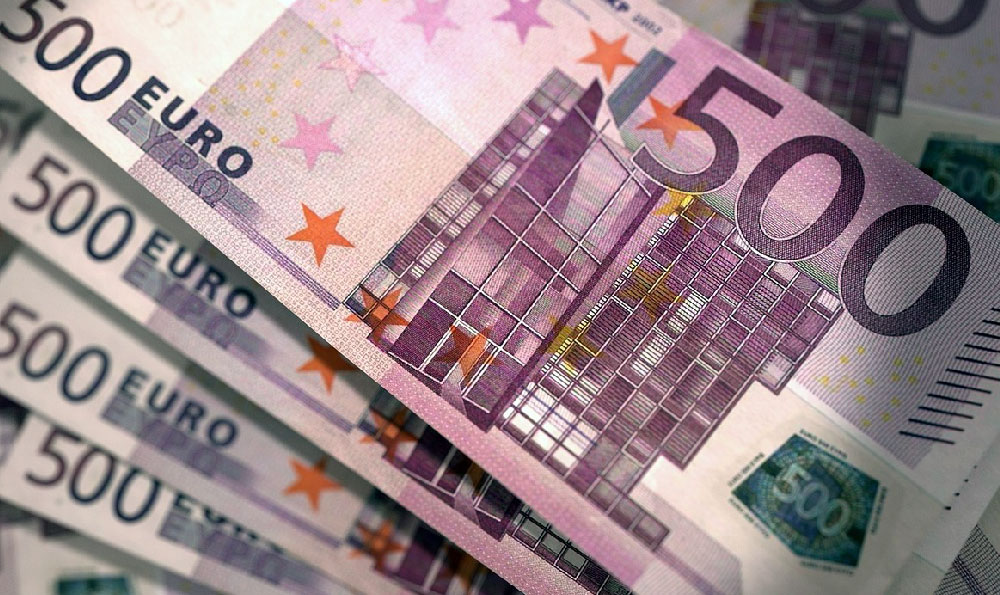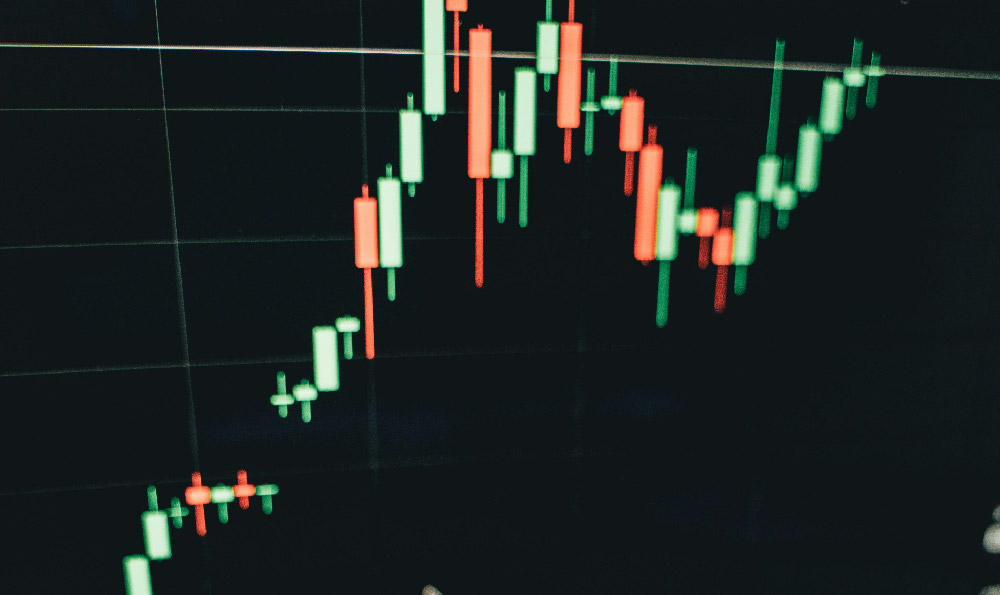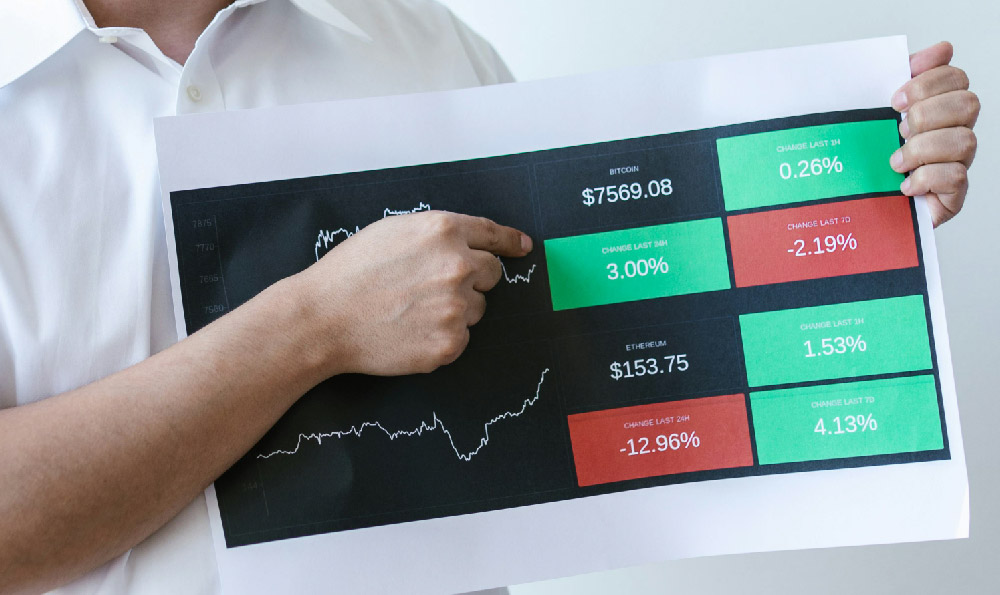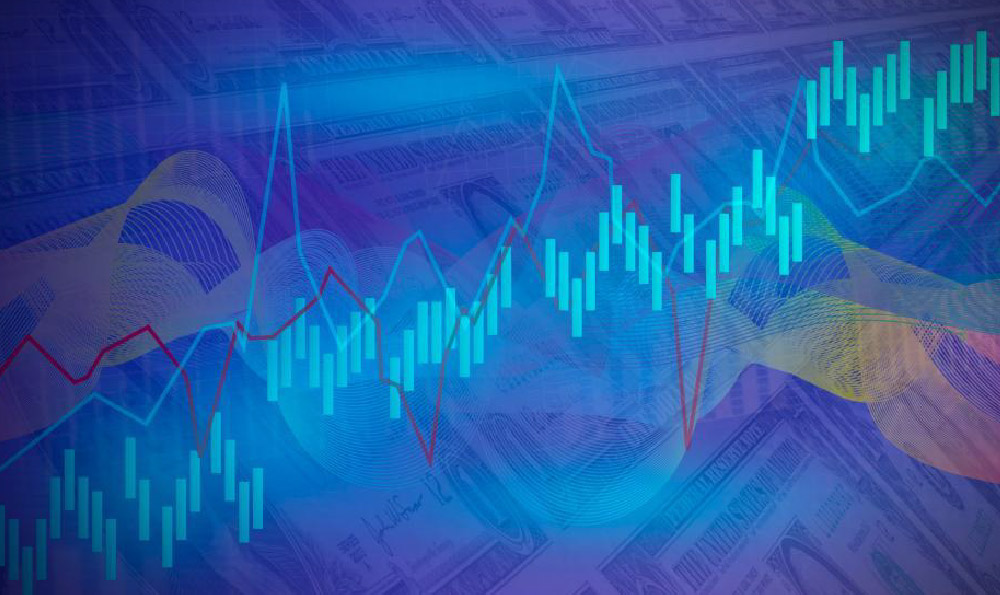Gold and silver, timeless commodities steeped in history, continue to fascinate investors seeking safe havens and portfolio diversification. In an increasingly volatile economic landscape, understanding the nuances of precious metal investing becomes paramount. This exploration delves into the 'where' and 'why' of gold and silver, providing a roadmap for both novice and seasoned investors.
The allure of gold and silver stems from their intrinsic value and historical performance as hedges against inflation and economic uncertainty. Unlike fiat currencies, which are susceptible to devaluation by government policies, precious metals retain their value due to their scarcity and inherent properties. Gold, in particular, has served as a store of value for millennia, offering a sense of stability during turbulent times. Silver, while also possessing monetary value, benefits from its extensive industrial applications, making it a more versatile investment with potential for growth beyond its safe-haven appeal.
So, where does one begin their gold and silver investing journey? Several avenues exist, each with its own set of advantages and disadvantages.
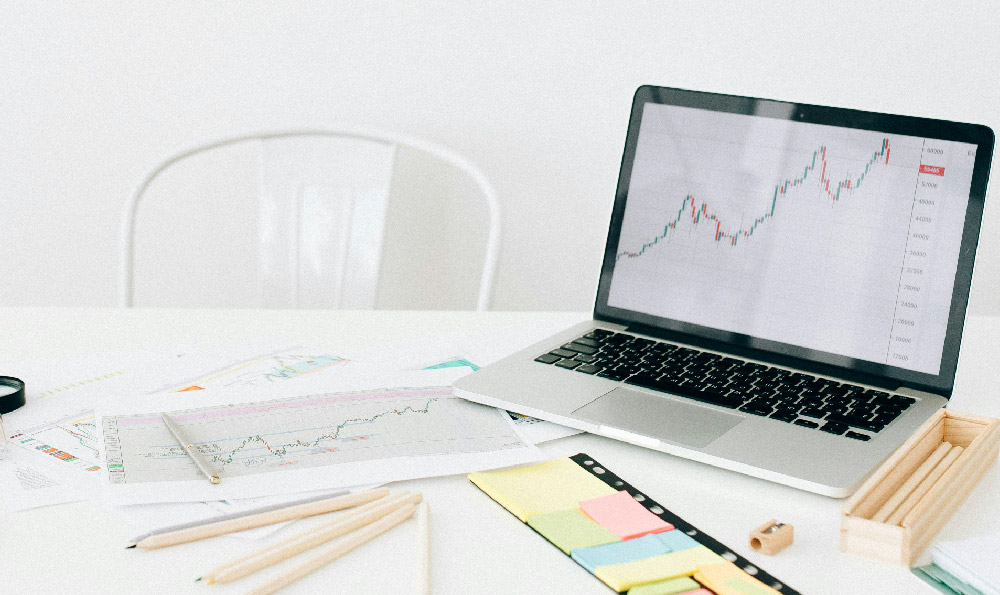
Physical ownership represents the most direct form of investment. This involves purchasing bullion (bars and coins) from reputable dealers or mints. The tangible nature of physical gold and silver provides a sense of security and control, allowing investors to physically possess their assets. However, it also entails storage costs, insurance premiums, and the potential for theft. Furthermore, selling physical gold and silver may involve dealer markups and authentication processes, impacting liquidity.
For those seeking a more convenient and liquid approach, Exchange-Traded Funds (ETFs) offer a viable alternative. Gold and silver ETFs track the price of the respective metals, allowing investors to gain exposure without the need for physical storage. These ETFs are traded on stock exchanges, providing ease of buying and selling. However, it is crucial to understand the fund's structure and underlying holdings. Some ETFs may hold physical gold and silver, while others may invest in futures contracts, introducing counterparty risk. Management fees also detract from returns over time.
Mining stocks represent another way to participate in the gold and silver market. Investing in companies that extract and process these metals can offer leveraged exposure to price movements. If the price of gold or silver rises, mining companies' profits can increase significantly, leading to higher stock valuations. However, mining stocks also carry company-specific risks, such as operational challenges, regulatory hurdles, and fluctuating production costs. Thorough research is essential before investing in mining stocks.
Gold and silver futures contracts allow investors to speculate on the future price of these metals. These contracts obligate the buyer to purchase a specified quantity of gold or silver at a predetermined price and date. Futures trading offers the potential for significant profits but also involves substantial risk. It requires a deep understanding of market dynamics, technical analysis, and risk management. Futures contracts are not suitable for all investors, particularly those with limited capital or risk tolerance.
The 'why' of gold and silver investing is multifaceted, extending beyond mere speculation.
Portfolio diversification remains a primary driver. Gold and silver often exhibit negative correlation with traditional assets like stocks and bonds. This means that when stock markets decline, gold and silver prices tend to rise, providing a cushion against losses. Incorporating precious metals into a portfolio can reduce overall volatility and improve risk-adjusted returns.
Inflation hedging is another compelling reason to invest in gold and silver. Historically, these metals have maintained their purchasing power during periods of inflation. As fiat currencies lose value, gold and silver tend to appreciate, preserving wealth. In an era of rising inflation, precious metals can serve as a valuable hedge against erosion of capital.
Geopolitical uncertainty also fuels demand for gold and silver. During times of political instability, war, or social unrest, investors often flock to safe-haven assets. Gold and silver have historically served as a refuge in such situations, providing a sense of security amidst chaos. The ongoing geopolitical tensions around the world continue to underscore the importance of these assets.
Beyond the general advantages, the decision to invest in gold versus silver requires careful consideration. Gold tends to be less volatile and is primarily driven by its monetary role and investment demand. Silver, on the other hand, exhibits higher volatility due to its dual role as both a precious metal and an industrial commodity. Its price is influenced by factors such as economic growth, manufacturing activity, and technological advancements.
Determining the appropriate allocation to gold and silver within a portfolio depends on individual circumstances, risk tolerance, and investment goals. A conservative investor seeking stability may allocate a smaller portion of their portfolio to precious metals, while an aggressive investor seeking higher returns may allocate a larger portion. A general guideline is to allocate between 5% and 15% of a portfolio to precious metals, but this should be tailored to individual needs.
Investing in gold and silver is not without its risks. Market volatility, storage costs, counterparty risk, and company-specific risks are all factors to consider. Thorough research, careful planning, and a disciplined approach are essential for success.
One crucial element is avoiding common investment pitfalls. Be wary of unsolicited offers, high-pressure sales tactics, and unrealistic promises. Deal with reputable dealers and brokers, and always conduct due diligence before making any investment decisions. Avoid investing in exotic or complex gold and silver products that you do not fully understand.
In conclusion, gold and silver offer a compelling investment opportunity for those seeking diversification, inflation protection, and a safe haven during times of uncertainty. Understanding the various investment options, assessing individual risk tolerance, and conducting thorough research are essential for navigating the precious metals market successfully. By approaching gold and silver investing with knowledge, caution, and a long-term perspective, investors can potentially enhance their portfolios and protect their wealth. Remember, seek advice from a qualified financial advisor before making any investment decisions.


